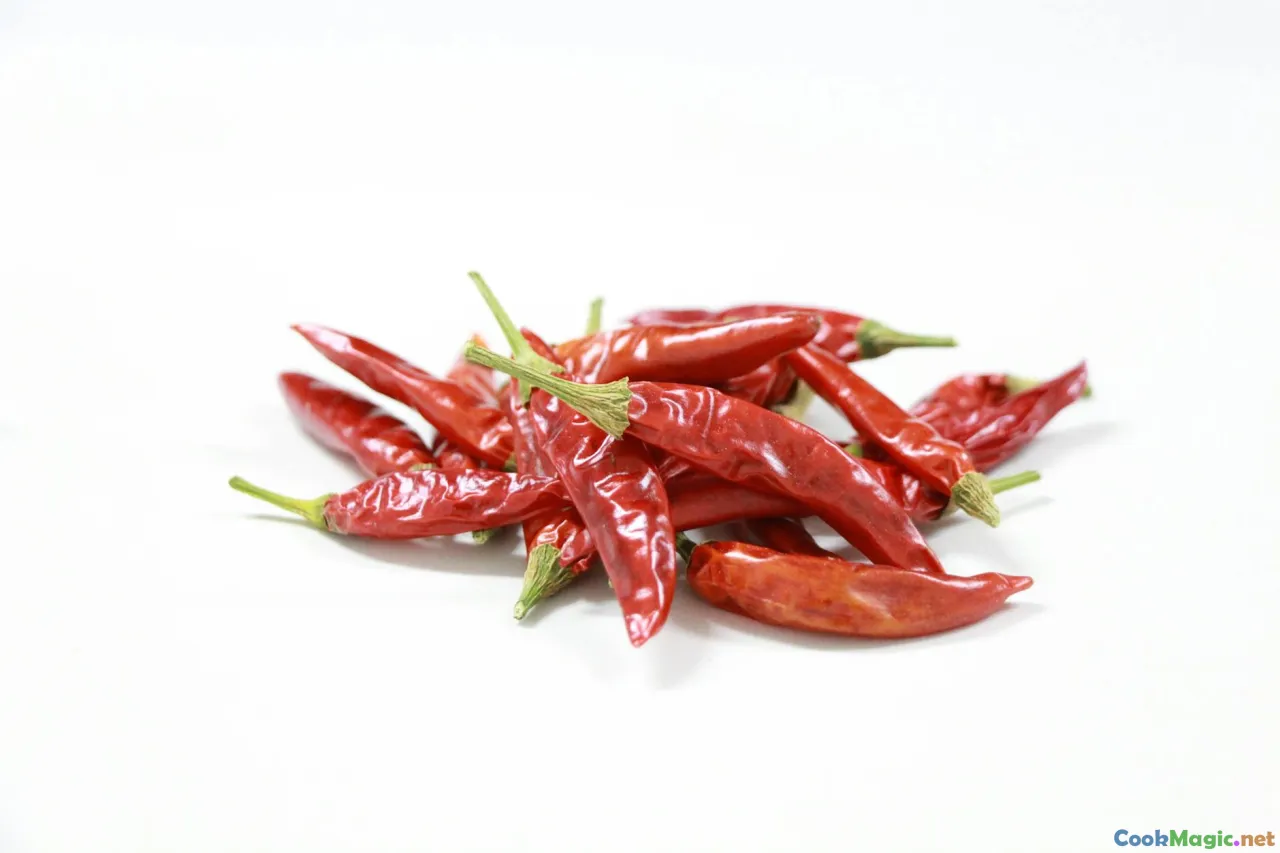Balancing Heat in Spicy Tunisian Skills
7 min read Discover the art of balancing intense heat in Tunisian dishes, blending tradition, flavors, and techniques to create harmonious spicy experiences. April 23, 2025 08:00
Balancing Heat in Spicy Tunisian Skills
Imagine biting into a dish that ignites your senses — fiery, vibrant, and full of life. Tunisian cuisine, renowned for its bold use of spices and chili peppers, embodies this fiery spirit. Yet, beneath its spicy exterior lies a sophisticated art: the skillful balancing of heat to enhance flavor without overwhelming the palate.
The Fiery Heart of Tunisian Cuisine
Tunisian dishes are a testament to centuries of cultural melting pots — Berber, Arab, French, and Mediterranean influences converge in a symphony of flavors. Central to this culinary tapestry are the chili peppers, which have been cultivated and cherished in the region since antiquity.
From the smoky, dried peppers used in traditional harissa to the fresh, fiery varieties incorporated into stews and salads, heat is an essential element. But what makes Tunisian spicy dishes truly remarkable is not just the fire, but how chefs and home cooks masterfully temper and balance it.
The Cultural Significance of Spiciness
In Tunisia, spice is more than flavor; it’s a symbol of hospitality, warmth, and resilience. Spicy dishes like Lablabi(a chickpea soup topped with harissa) andBrik (fried pastry filled with tuna, egg, and herbs) showcase the importance of chili peppers in social gatherings and daily life.
Historically, the use of chili peppers was a response to the need for preservation and flavor enhancement, especially in arid climates where fresh ingredients were scarce. Over time, this necessity evolved into a culinary art that celebrates the balance between fire and flavor.
The Science of Heat and Flavor
Balancing heat is both an art and a science. Chili peppers contain capsaicin, the compound responsible for their fiery sensation. When used liberally, capsaicin can overpower other flavors, making it crucial for cooks to understand how to moderate its intensity.
The key lies in understanding the heat levels of different peppers:
- Harissa (a blend of chili peppers, garlic, and spices) varies in heat depending on the variety of peppers used.
- Piquante peppers offer a moderate heat, adding depth without overwhelming.
- Smoked peppers lend a smoky complexity that can counterbalance the fiery notes.
Techniques for Balancing Heat
1. Dilution with Dairy or Fats
Adding dairy products like yogurt or a splash of olive oil can mellow the heat. In Tunisian cuisine, a dollop of yogurt often accompanies spicy dishes, providing a cooling counterpoint.
2. Incorporating Acidic Elements
Lemon juice, vinegar, or preserved lemons introduce acidity that can cut through the spice, creating a more harmonious flavor profile.
3. Sweetness and Sweet-Spicy Combinations
A touch of honey, date syrup, or sweet peppers can soften the fire, adding complexity and depth.
4. Using Fresh and Dried Ingredients Strategically
Fresh herbs like cilantro and parsley can brighten the dish, while dried spices add warmth without increasing heat.
5. Adjusting the Quantity and Type of Chili
Start small — add chili gradually, tasting as you go. Opt for milder peppers and blend them to control the heat level.
Personal Anecdotes: My Journey with Tunisian Heat
I vividly remember my first encounter with Tunisian harissa. The aroma alone was intoxicating — smoky, spicy, with hints of garlic and caraway. But the initial fiery burst was overwhelming. It was only after a few culinary experiments that I learned to balance that heat.
One of my favorite techniques became stirring in a spoonful of yogurt after adding harissa, transforming a fiery stew into a complex, layered masterpiece. Over time, I realized that mastering heat balance is about respecting the ingredients and understanding their interplay.
Signature Dishes with Perfectly Balanced Spice
Lablabi
A humble chickpea soup, elevated by the addition of harissa, lemon, and olive oil. The secret lies in adding harissa sparingly and adjusting with lemon juice, creating a tangy, spicy comfort food.
Tunisian Grilled Fish
Marinated with a blend of spices and chili, then grilled to perfection. The chili heat is balanced with fresh herbs and a squeeze of lemon, highlighting the dish’s freshness.
Couscous with Spicy Vegetables
A colorful medley of seasonal vegetables spiced with a moderate amount of chili, offset by sweetness from roasted carrots and zucchini.
Final Thoughts: Embracing the Balance
In Tunisian cuisine, spice is an expression of life — vibrant, fiery, and full of passion. The mastery of balancing heat is an ongoing journey, one that involves tasting, adjusting, and respecting traditional techniques.
Whether you are a home cook or a seasoned chef, embracing the art of heat balance unlocks a deeper appreciation for Tunisian flavors. It transforms dishes from merely spicy to exquisitely harmonious — a true testament to the craftsmanship of Tunisian culinary skills.
Remember, the goal is not to extinguish the fire but to dance with it, creating dishes that excite the senses and warm the heart. So, grab your chili peppers, a splash of lemon, and a dollop of yogurt — and start your journey toward mastering the fiery soul of Tunisian cuisine.









